Last Updated on June 2, 2025
Driving a car is often associated with freedom, adventure, and daily convenience. Whether you’re commuting to work or heading off on a weekend trip, your vehicle plays a crucial role in your life. But even the most reliable vehicles aren’t immune to mechanical issues. Understanding the most common problems with cars is essential for any car owner who wants to avoid costly repairs, stressful breakdowns, and safety hazards.
Why You Shouldn’t Ignore Car Problems
Every vehicle, regardless of brand or model, is prone to wear and tear over time. Ignoring small issues today can lead to expensive repairs tomorrow. For example, a simple dashboard warning light might seem harmless—until it signals a failing brake system or an overheating engine.
Timely maintenance and awareness of potential issues not only prolong your vehicle’s life but also keep you and your passengers safe. In this article, we’ll walk through the top 14 most common car problems, discuss their causes, and guide you toward practical solutions. If you’re looking to stay ahead of costly repairs, this guide is for you.
🔧 Pro Tip: Use an OBD2 scanner to read engine codes and detect issues before they become serious.
Top 14 Common Car Problems and Repair Costs at a Glance
| 🚨 Common Car Problems | 💵 Estimated Repair Cost |
|---|---|
| Broken Indicator or Tail Lights | $50–$200 |
| Check Engine Light (CEL) On | Varies by code |
| Weak Braking System | $100–$350 |
| Engine Overheating | $200–$2,500 |
| Shaking Steering Wheel | $200–$450 |
| Leaking Radiator | $250–$400 |
| Faulty Sensors | $200–$300 |
| Flat or Punctured Tires | $20–$40 |
| Battery Replacement | $100–$250 |
| Malfunctioning Air Conditioner | $400–$1,500 |
| Jammed or Faulty Car Windows | $100–$300 |
| Faulty Spark Plug | $20–$100 |
| Gearbox Repair | $200–$1,100 |
| Poor Fuel Economy | Depends on cause |
Top Electrical and Dashboard Issues
1. 🚨 Broken Headlights or Indicator Lights
Lighting issues are among the most common problems with cars and can lead to dangerous driving conditions—especially at night. Broken headlights affect visibility, while faulty brake lights or indicators can confuse other drivers, increasing the risk of accidents.
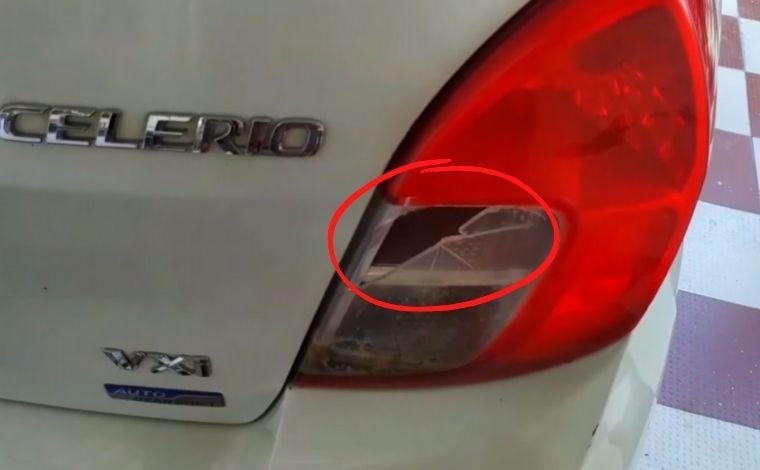
Solution: Inspect lights regularly. Replace burnt-out bulbs immediately. If a light won’t turn on even after bulb replacement, it could be a fuse or wiring issue.
💡 Want to DIY? Here’s a quick guide on fixing tail lights.
2. 🚘 Check Engine Light (CEL) On
A glowing CEL is one of the most dreaded signs for drivers. It can signal anything from a loose gas cap to a faulty catalytic converter.
Diagnosis Tip: Use a reliable OBD2 scanner to read trouble codes. Then, look up the meaning to decide whether it’s urgent.
Common Codes Include:
- P0300 (random misfire)
- P0420 (catalyst system efficiency below threshold)
- P0171 (system too lean)
3. 🛑 Weak or Faulty Brakes
The braking system is your car’s most important safety feature. If the brake pedal feels soft or takes longer to respond, that’s a red flag.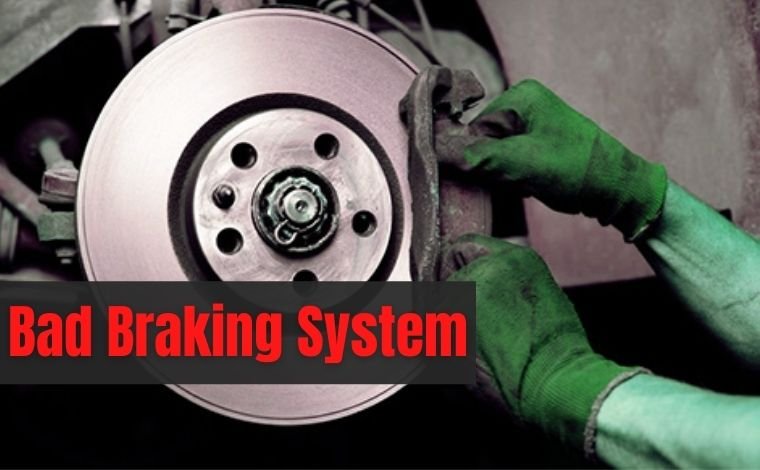
Causes May Include:
- Worn brake pads
- Leaking brake fluid
- Damaged rotors
🧰 Read our full guide to understand dashboard symbols including ABS.
4. 🌡️ Overheating Engine
An overheating engine is more than just inconvenient—it’s dangerous. If the temperature gauge spikes or steam comes from under the hood, pull over immediately.
Common Causes:
- Low coolant
- Broken radiator
- Faulty thermostat
Fix: Top up coolant, check radiator hoses, or take it to a mechanic if the problem persists.
5. 🌀 Shaking Steering Wheel
A steering wheel that shakes when driving is often caused by:
- Unbalanced tires
- Misaligned suspension
- Damaged wheel bearings
If left unresolved, this issue can lead to uneven tire wear or even steering loss.
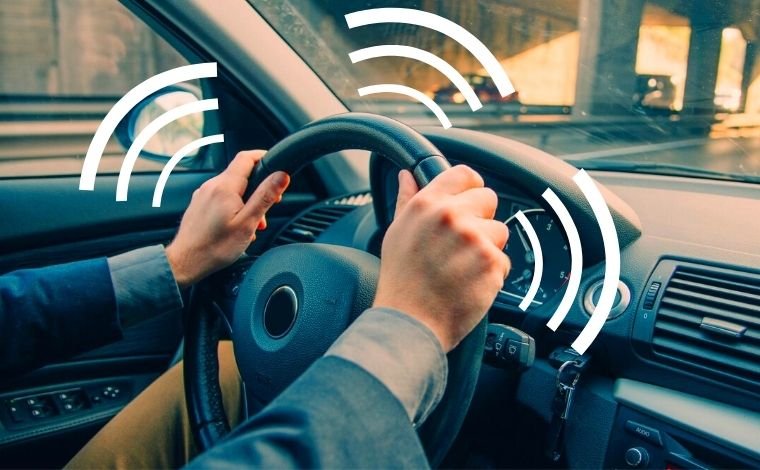
👨🔧 Regular wheel alignment and tire rotation (every 5,000–7,000 miles) can help.
6. 💧 Leaking Radiator
A leaking radiator will reduce your car’s ability to cool the engine. You may notice green or orange fluid under your car.
What to Do:
- Stop driving and inspect.
- If it’s a small crack, you can use a sealant temporarily.
- Eventually, you’ll need a radiator replacement to avoid engine damage.
🔧 Pair this with tips from our cooling system maintenance guide.
7. 📡 Malfunctioning Sensors
Modern cars depend on sensors to regulate everything from fuel injection to ABS. A failing sensor can send false data, triggering unnecessary repairs or safety risks.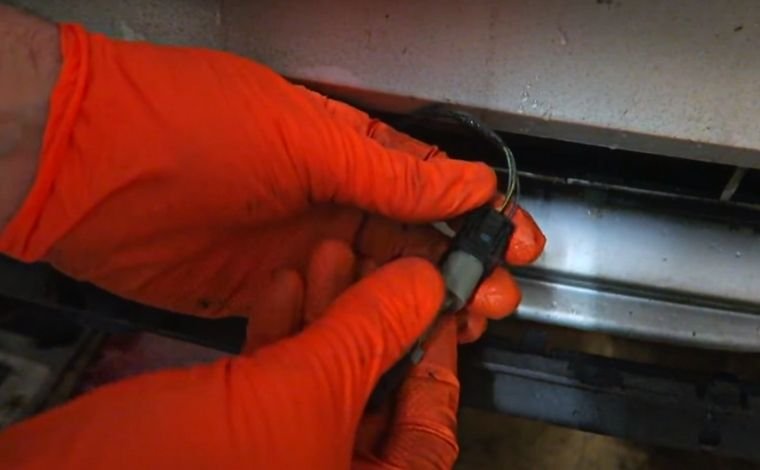
Common Faulty Sensors:
- Oxygen Sensor
- Mass Air Flow (MAF) Sensor
- ABS Wheel Speed Sensor
Fix: Use an OBD2 scanner to detect sensor-related codes and replace the faulty unit.
8. 🛞 Flat or Punctured Tires
Driving with a flat tire not only damages the rim but also increases the chances of accidents. The most common causes:
- Nails or glass on the road
- Over-inflated or under-inflated tires
- Worn-out treads
Solution: Patch if small, replace if severely damaged. Rotate tires regularly and maintain correct pressure.
9. 🔋 Dead or Weak Battery
One of the most common problems with cars—especially during colder months—is a dead battery. Your vehicle might not start, or you may notice dim headlights and unresponsive electronics.
Main Causes:
- Leaving lights on while engine is off
- Corroded battery terminals
- Old or worn-out battery (3–5+ years)
Fix: Keep terminals clean, test the battery regularly with a multimeter, and replace it when voltage drops below 12.4V.
🧪 For DIY testing, check out: How to Test a Car Battery With a Multimeter
10. ❄️ Malfunctioning Car Air Conditioner
A faulty car air conditioning system can ruin summer drives or even cause discomfort in winter if the heater function is tied to the HVAC system. Common symptoms include:

- Weak airflow
- Strange smells from vents
- AC not cooling despite running
Reasons for Failure:
- Refrigerant leaks
- Blown fuses or damaged wiring
- Compressor or condenser failure
Fix: A professional technician should inspect the system. Sometimes, a simple refrigerant refill or fuse replacement solves the issue. For long-term use, get the AC serviced every 1–2 years.
11. 🪟 Faulty or Stuck Power Windows
Electric windows are now standard in most cars. But like any electrical system, they can fail—leaving windows stuck open, which is both inconvenient and a security risk.
Common Causes:
- Blown fuse or failed motor
- Jammed window track
- Broken regulator or switch
Fix: If the switch or motor fails, replacement is necessary. Make sure the windows are sealed properly to prevent water leaks and protect the car interior.
🔐 Pro Tip: Malfunctioning locks or windows can compromise vehicle security. Don’t delay fixing them.
12. ⛽ Poor Fuel Economy
Reduced mileage can drain your wallet and point to bigger engine issues. If your car suddenly starts using more gas than usual, you may have a fuel-related problem.
Possible Causes:
- Dirty spark plugs
- Old or low engine oil
- Faulty oxygen or MAF sensor
- Clogged air filter
- Under-inflated tires
Fix: Regular car maintenance is key—especially oil changes and air filter replacements. Keep your tires inflated and inspect spark plugs often.
13. ⚙️ Gearbox or Transmission Problems
Whether you drive an automatic or manual car, gearbox issues are costly and serious. Delayed shifts, grinding noises, or slipping gears indicate a malfunction.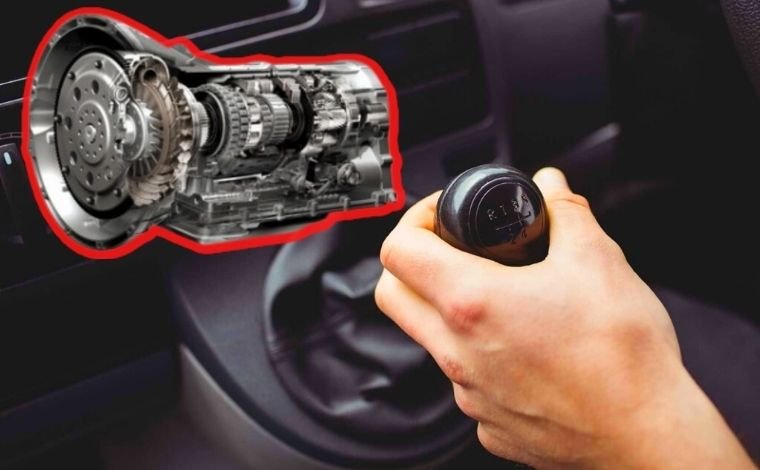
Symptoms of Gearbox Trouble:
- Jerking when shifting gears
- Transmission fluid leaks
- Burning smell during driving
Fix: Don’t wait! Get your transmission fluid checked and flushed if needed. Ignoring gearbox issues can lead to engine damage or total transmission failure.
⚠️ Learn how to detect deeper problems with an advanced OBD2 scanner before it’s too late.
14. 🚫 Can You Ignore Common Car Problems?
Short answer: No. Ignoring even small car issues is one of the biggest mistakes drivers make. A minor dashboard warning light, an odd sound, or slight steering vibration might not seem urgent, but over time, they can cause severe and costly damage.
Let’s say your check engine light is on. If you ignore it for too long, the issue might evolve into a failing catalytic converter—which can cost thousands to replace. Similarly, driving with worn brake pads can lead to rotor damage or total brake failure.
✅ Bottom line: Address issues immediately using a diagnostic OBD2 tool and routine inspections to avoid major repair bills and safety hazards.
🔚 Conclusion: Keep Your Car Healthy & Road-Ready
Understanding the most common problems with cars can save you thousands of dollars and help you drive confidently. From weak batteries and faulty sensors to brake issues and overheating engines—being proactive is the key.
Here’s a quick recap of what you should do:
- Check warning lights immediately using an OBD2 scanner.
- Stick to your maintenance schedule—especially for oil, tires, and spark plugs.
- Listen to your car. Vibrations, sounds, or smells can all be warning signs.
- Don’t delay repairs—small problems today turn into big ones tomorrow.
Your vehicle is a long-term investment. Give it the attention it deserves, and it will serve you reliably for years.
🔧 Explore our Car Maintenance Tips Guide to learn how to prevent common issues and extend your car’s lifespan.
Frequently Asked Questions (FAQs)
1. What are the most common problems with cars?
Some of the most common problems with cars include engine overheating, battery failure, worn brake pads, tire punctures, and dashboard warning lights like the check engine light (CEL).
2. How do I know if my car’s battery is failing?
Typical signs of a weak or dead battery include slow engine cranking, dim interior lights, or clicking sounds when trying to start. You can test it using a multimeter or an OBD2 scanner with battery diagnostic features.
3. Why does my car’s fuel economy suddenly drop?
This can be due to dirty spark plugs, a clogged air filter, low tire pressure, or faulty sensors. Poor maintenance also leads to reduced fuel efficiency.
4. What should I do if my engine is overheating?
Pull over safely, turn off the engine, and wait for it to cool. Then check the coolant level. Avoid driving further until the problem is diagnosed—use our cooling system troubleshooting tips or consult a mechanic.
5. How often should I service my car to avoid major problems?
Generally, every 5,000 to 7,500 miles depending on the manufacturer. Regular oil changes, brake inspections, and tire rotations are essential to avoid the most common car problems.
6. Is it safe to drive with the check engine light on?
If the light is solid, it’s usually safe for short distances but should be checked soon. If it’s blinking, pull over immediately—this could mean serious engine misfires.
👉 Next Steps
If you found this guide helpful, you might also like these:
